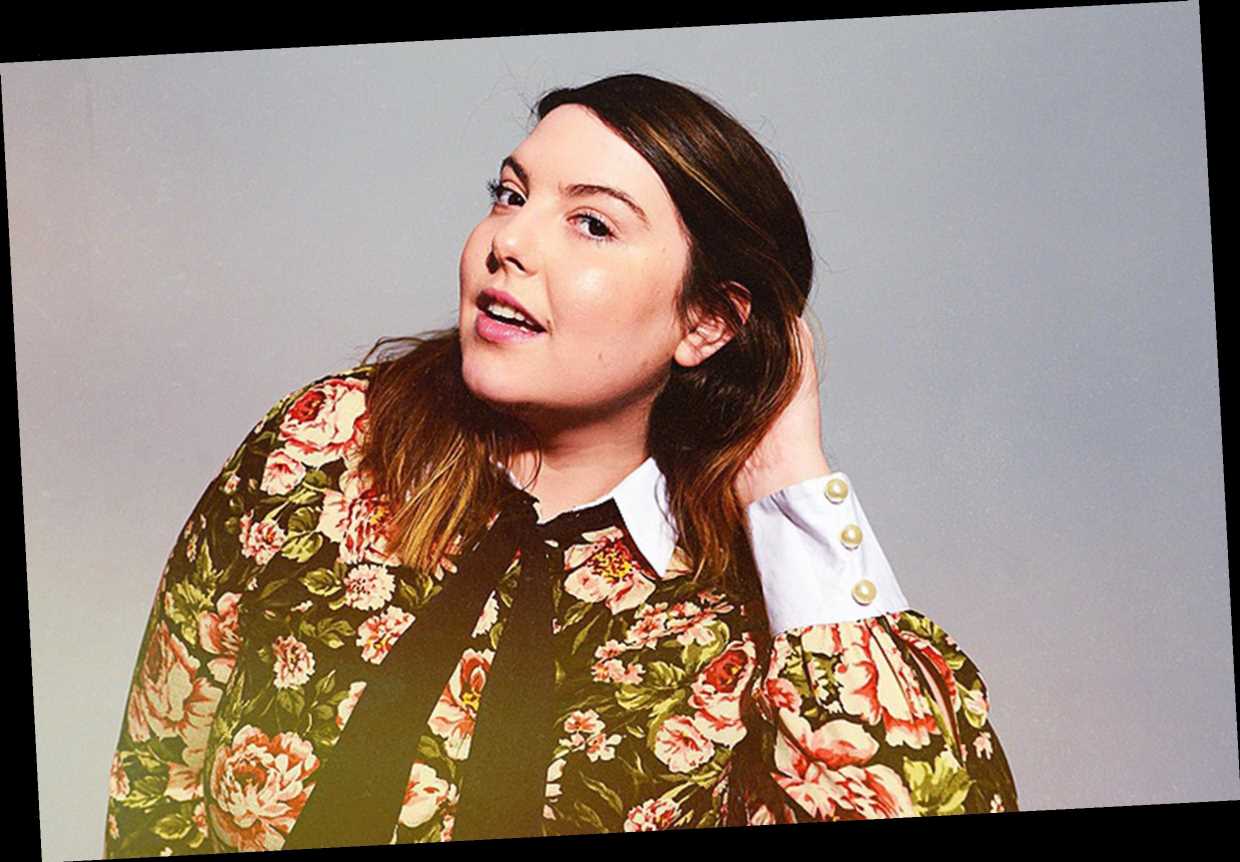Beauty, vulnerability and healing describe Mary Lambert’s new album Grief Culture.
Five years in the making, Lambert delves into some of the most personal, heartbreaking moments in her life without holding back. Because of that honesty, Lambert says dropping this album provided so much catharsis for her — and she hopes others feel the same way too.
“I wanted to have it be a healing album, I wanted it to be something that wasn’t hinging on making money or commercial viability or success,” she tells PEOPLE exclusively.
After a year filled with healing, Lambert says dropping this album felt urgent to help her “exorcize” the pain. Lambert doesn’t shy away from speaking about her traumas on the album — specifically the abuse she faced from her father, her suicide attempt at age 18 and being raped at 16.
“These things that I experienced were incredibly painful and difficult to have gone through, but my healing would have all been for nothing if I can’t create good out of it,” she says.
After departing from Capitol Records following Heart on My Sleeve, she spent a large part of her time working on this project, named after her own experience dealing with grief and sadness.
“There are times in my life where I have felt like not a person,” she says. “I’ve felt like a creature. I’ve felt just like somebody that exists in the world. With the release of this album, I’m feeling more myself than I’ve ever felt.”
On the spoken word poem “Born Sad,” she delves into dealing with depression and being sometimes being unable to get out of bed. “Keeping my head above water / Is all that I know how to do,” she starts on the track.
“I remember that feeling of I couldn’t see past the next day or the next week,” she says about “Born Sad.” “It requires thinking about the future.”
“Me, Museum” speaks on her childhood experience surviving with a physically and sexually abusive father, whom she describes in the poem as a “rabid dog.”
“Sometimes I think it must be an art form to feel this bad,” she passionately recites on the track. “Sometimes I outrun all of its psycho history.”
On “Another Rape Poem,” Lambert details her terrifying experience being gang-raped and how the memories often haunt her. She talks through what she would do now to stop the men from assaulting her.
“I pretend I am the biggest, most powerful phoenix / And as my hands wrap around the coffee mug in the water / I pretend they teleport through time and space to that night,” she recites. “And circle around his neck / And I say noo a whole f— ton louder than I did.”
As Lambert continues her healing, she confesses that she still cries every day — even if it’s not of sadness.
“I’m a fierce advocate for crying,” she tells PEOPLE with a laugh. “It’s good for your eyeballs, just scientifically it cleans them out. To me, that feels like a direct display of my connection to the world. I see someone struggling and I can empathize because I too have struggled. I think it’s a superpower and it makes me sensitive to the world and want to do better.”
While she has spoken openly about her trauma before, especially in her poetry book Shame Is an Ocean I Swim Across, she says she still worries that talking about her trauma so openly could be triggering for others dealing with the same problems today.
“I’m getting more and more comfortable with talking about my trauma explicitly,” she says. “My fear now is that I’m going to potentially re-trigger somebody in my telling. That’d be my nightmare.”
However, she hopes that the “duality of healing and devastation with resilience and hope” shines through in her art.
“Both of those parts can exist at the same time and on the same body of work. I know that they can because they exist within me,” she explains. “That’s my confidence in it.”
And “Not Ready to Die Yet” encapsulates that duality Lambert speaks of.
“I’m not ready to give up this fight / I still believe in hope,” she sings. “Though the voices are loud tonight / I’m not ready to die yet.”
This album also reconnected Lambert with Macklemore, whom she collaborated with on the LGBTQ-empowering, Grammy-nominated track “Same Love” in 2012. The two wrote the song “House of Mirrors” together.
“He’s just such a blessing,” she says, adding that she originally sent him one of her songs to simply add his own verse. “He said, ‘I love this song, but this is 100% your song. So do you want to work on a song together?’”
“I just didn’t think he had time to do anything like that,” she continues, saying they went into his studio Seattle to put together the song. “We just sat down and started freewriting together.”
Grief Creature as a whole is a beautiful deep breath. It’s a cathartic form of self-love for Lambert that also allows listeners to empathize and release their own pain through listening.
“Living radically, authentically and in vulnerability is what has saved my life,” she says. “It’s hurt me as well, but it is what has kept me here.”
Grief Creature is out now.
Source: Read Full Article




